Find the total number of atoms in one molecule of the product formed H2COOH∣HC∣CH2OHGlycerol−OHKHSO4/Δ−−−−−−→ Product
5
6
7
8
The correct Answer is:D
To solve the question, we need to analyze the reaction of glycerol with KHSO4 and heat, and then determine the total number of atoms in the product formed.
1. Identify the Reactant: The reactant is glycerol, which has the molecular formula C3H8O3.
2. Understand the Reaction: When glycerol is heated with KHSO4, it undergoes dehydration, meaning that water molecules are removed from the glycerol.
3. Determine the Product: The dehydration of glycerol leads to the formation of an alkene. Specifically, two molecules of water are eliminated, resulting in the formation of a compound with a double bond. The product can be represented as CH2=CH−CHO (acrolein).
4. Count Atoms in the Product: Now, let’s break down the product CH2=CH−CHO:
- Carbon (C): There are 3 carbon atoms.
- Hydrogen (H): There are 4 hydrogen atoms.
- Oxygen (O): There is 1 oxygen atom.
5. Total Atom Count:
- Total number of atoms = Number of Carbon + Number of Hydrogen + Number of Oxygen
- Total number of atoms = 3 (C) + 4 (H) + 1 (O) = 8 atoms.
6. Final Answer: The total number of atoms in one molecule of the product formed is 8.
- Carbon (C): There are 3 carbon atoms.
- Hydrogen (H): There are 4 hydrogen atoms.
- Oxygen (O): There is 1 oxygen atom.
- Total number of atoms = Number of Carbon + Number of Hydrogen + Number of Oxygen
- Total number of atoms = 3 (C) + 4 (H) + 1 (O) = 8 atoms.
Topper's Solved these Questions
Similar Questions
Knowledge Check
Ph−C∣OHH−O||C−OHΔ−−→(X)
(X) will be:A BPh−CH=C=OC
BPh−CH=C=OC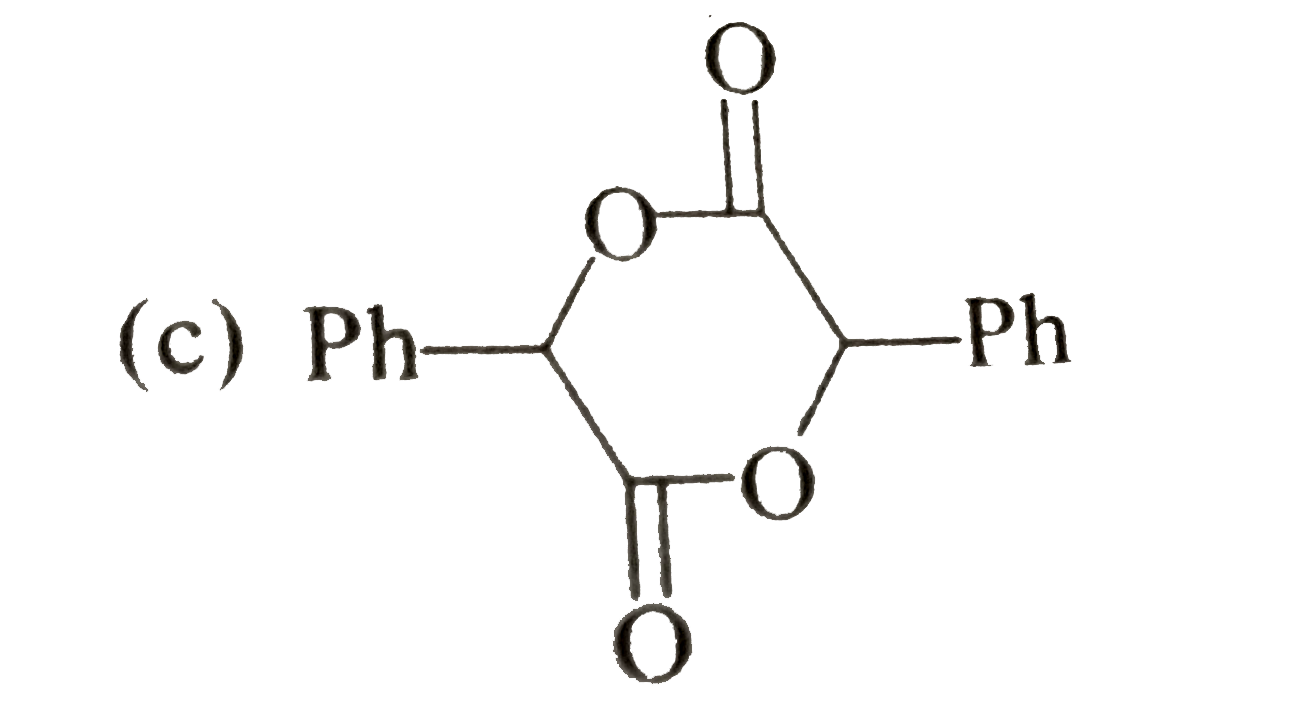 DNone of these
DNone of theseCH3−C∣COOHHCOOH∣CH−CH3KOH−−−−−−−→E≤ctrolysis Product:
A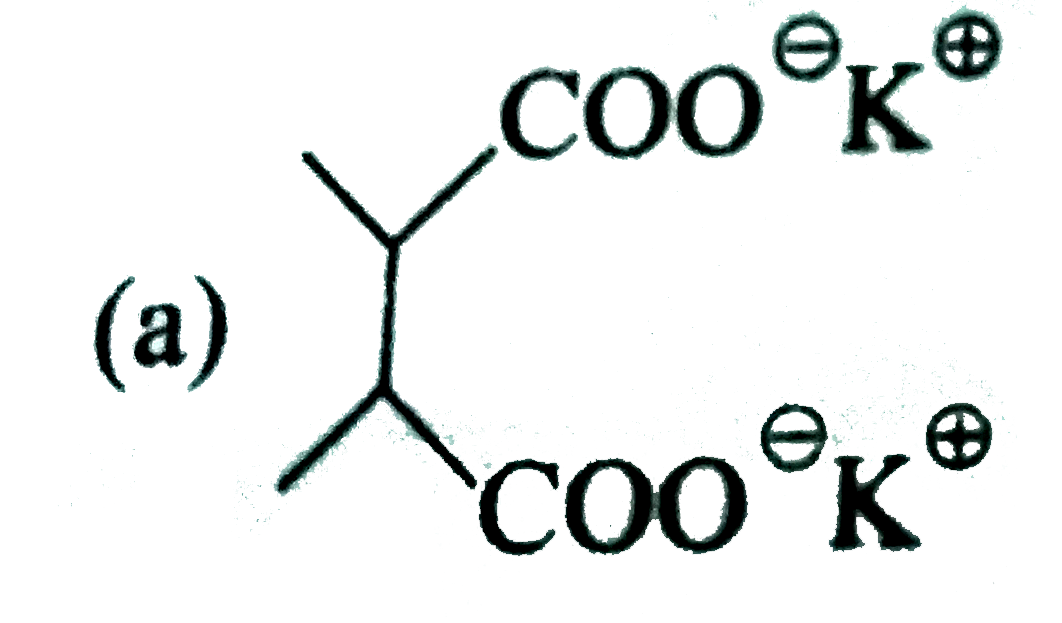 B
B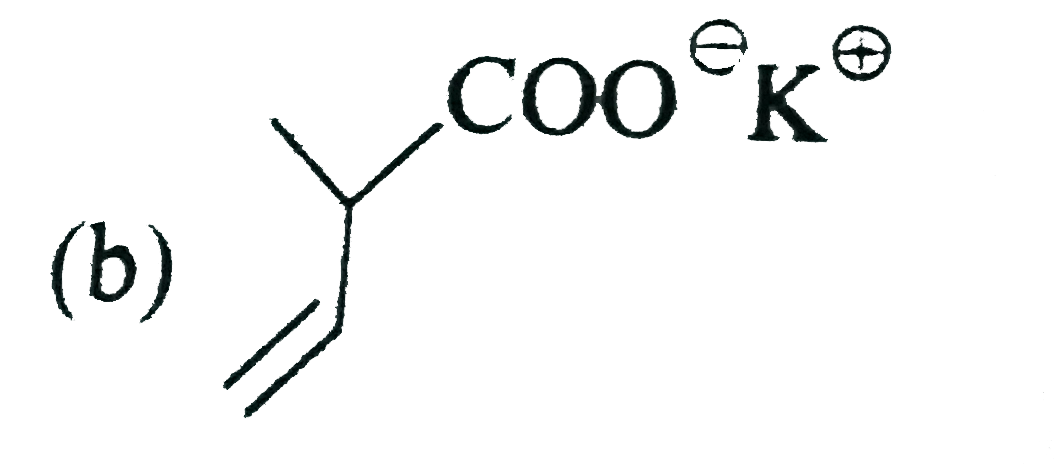 C
C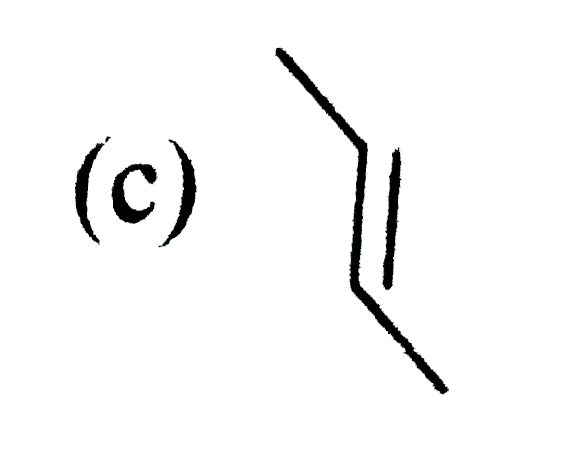 D
D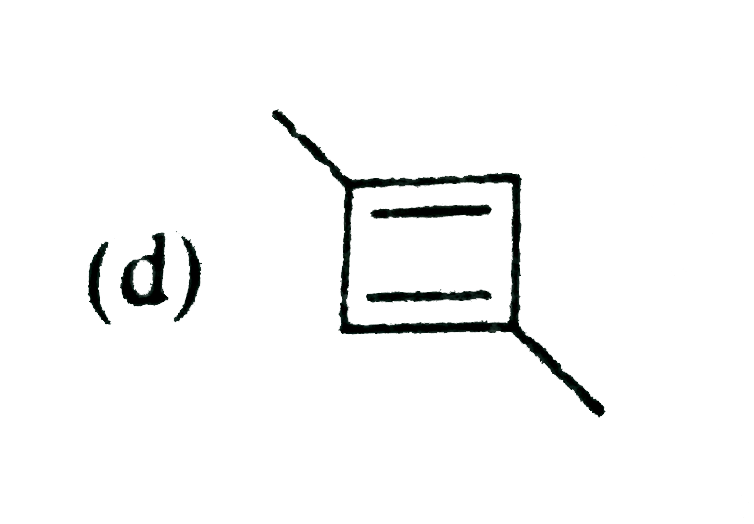
The product obtained in the reaction R∣OHCH−CH2O∣∣C−OhΔ−−→ ? Is :
A_S01_361_O01.png) B
B_S01_361_O01.png) CRCH=CHCOOHDNone of these
CRCH=CHCOOHDNone of these
The major product formed in the reaction
CH3−CH3∣C∣OH−CH=CH2+HBr→
is
View SolutionCH2−CH−CH| OH−CH| OH2MnO2−−−→
Product is :-
View SolutionPh2C∣OH−C∣OHH2H+−−→ Product 'X'<br>'X'willbe:
View SolutionCH3−O∣∣C−OHCa(OH)2−−−−−−−−→Δ(A)
Product (A) is :
View SolutionIn the reaction
2CH3C∣∣OCH3Base−−→AΔ−−→B the product B is :
View Solution
